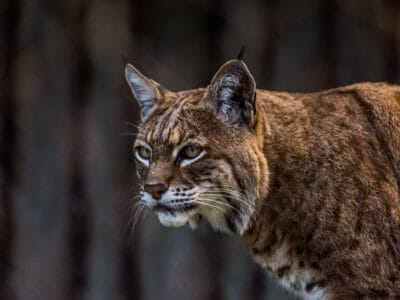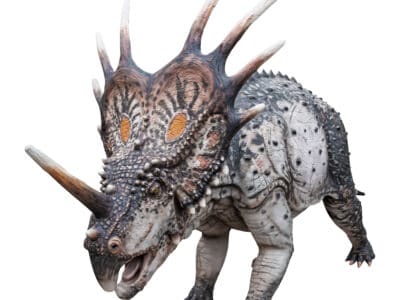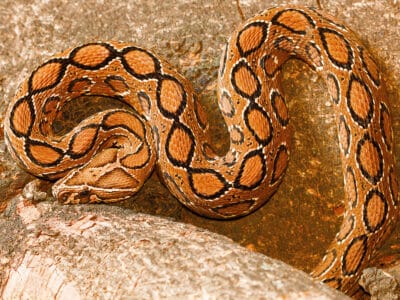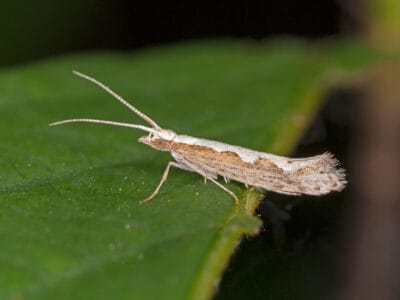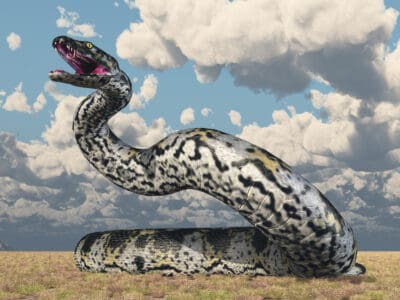Red Wolf
.jumbotron {
background-image: url(“https://a-z-animals.com/media/red-wolf-4-400×300.jpg”);
}
}
@media only screen and (min-width: 641px) and (max-width: 920px) {
.jumbotron {
background-image: url(“https://a-z-animals.com/media/red-wolf-4-470×370.jpg”);
}
}
@media only screen and (min-width: 921px) {
.jumbotron {
background-image: url(“https://a-z-animals.com/media/red-wolf-4.jpg”);
}
}
Red Wolf
Canis lupus rufus
Only 100 in the wild!
Red Wolf Scientific Classification
- Kingdom
- Animalia
- Phylum
- Chordata
- Class
- Mammalia
- Order
- Carnivora
- Family
- Canidae
- Genus
- Canis
- Scientific Name
- Canis lupus rufus
Read our Complete Guide to Classification of Animals.
Red Wolf Conservation Status
Red Wolf Facts
- Main Prey
- Deer, Rodents, Raccoons
- Name Of Young
- Cub
- Distinctive Feature
- Reddish fur and thin white legs
- Habitat
- Coastal prairie and marshland
- Predators
- Wolves, Coyotes, Humans
- Diet
- Carnivore
This post may contain affiliate links to our partners like Chewy, Amazon, and others. Purchasing through these helps us further the A-Z Animals mission to educate about the world’s species..

Spiders that fly! Fish that walk! And 1000+ more incredible animals. Discover them all for FREE
.photo-gallery {
–margin: 0px auto 0px;
–padding: 0px 0px 0px 0px;
}
.gallery-link {
background-image: url(“https://a-z-animals.com/media/red-wolf-4-1024×683.jpg”);
background-repeat: no-repeat;
background-size: cover;
background-position: center;
height: 500px;
justify-content: center;
text-align: center;
align-items: center;
display: flex;
border: 2px solid #000;
}
.gallery-link img {
height: 50%;
}
@media only screen and (max-width: 768px) {
.gallery-link {
height: 300px !important;
}
}
View all of the Red Wolf images!
The red wolf, scientific name Canis lupus rufus or Canis rufus, is the world’s most endangered canid and one of the rarest mammals.
It is a smaller, thinner cousin of the gray wolf, named for its reddish-tawny coat color, while in physical size it is between that of the coyote and gray wolf. The wolf species is native to the southeastern United States, though its habitat once extended from Texas in the west down to Florida and up into the Midwest. The U.S. Fish and Wildlife Service lists the red wolf as an endangered species with protected status in the first class under the Endangered Species Act of 1973.
Incredible Red Wolf Facts!
- Scientists debate whether the red wolf is a new cross-species between a coyote and gray wolf, an ancient cross-species, a distinct wolf species with recent hybridization with the coyote, or a new, distinct wolf species altogether.
- It was almost driven to extinction in the mid-1900s due to habitat destruction, predator-control programs, and excessive hybridization with coyotes.
- The species was declared extinct in the wild in 1980.
- A captive-bred population of Texas red wolves was created in the Point Defiance Zoo and Aquarium between 1974-1980. They were reintroduced into eastern North Carolina in 1987.
- Two of the three subspecies of red wolf are now extinct: The black wolf and the Missippi Valley wolf.
- The red wolf is one of the rarest animal species in the world.
Red Wolf Scientific Name
The scientific name of the red wolf is Canis lupus rufus or Canis rufus. Canis lupus means “wolf dog” and it is a common part of the scientific name for various canine species, though by itself indicates wolf species, specifically the grey wolf. Canis lupus rufus means “red wolf dog” while canis rufus means “red dog,” both owing to its red color, with Canis referring to the genus that includes wolves, coyotes, jackals, and dogs. On the other hand, the scientific name for the domestic dog is Canis lupus familiaris, literally “family wolf dog.” Regardless of the debate over the taxonomic classification, the red wolf is not to be confused with the coywolf. The coyote-wolf hybrid, also known as the eastern coyote, or sometimes the woyote, is a cross between the Canis latrans (coyote), Canis lupus (wolf or grey wolf), and Canis lupus lycaon (eastern wolf).
In 1937, the zoologist Edward Alfonso Goldman recognized three subspecies of red wolf, two of which are now extinct: the Florida black wolf (Canis lupus floridanus) and the Mississippi Valley red wolf or Gregory’s wolf (Canis lupus gregoryi). The surviving species is the Texas red wolf.
Red Wolf Appearance
The red wolf’s size is between the coyote and the gray wolf, or the same as small grey wolves. It is closely related to the eastern wolf of eastern Canada. The sides and head consist of a mixture of tawny brown, light grey, and rusty red colors, while the chest and legs are red or tan and creamy white. There are light markings around the lips and eyes and some black along its back. It has a black-tipped bushy tail. During the fall, it grows a longer coat which it sheds for a lighter one in spring.
These wolves have a shorter and wider muzzle than that of coyotes and slightly more rounded eyes. Unlike other Canis species, the red wolf has a cerebellum that more closely resembles the foxes of the Vulpes and Orocyon genera. It is distinct from both coyotes and coyote-wolf hybrids in terms of physical measurements, with long and slender limbs similar to a greyhound, and ears that are larger than those of either coyote and grey wolves. Adult wolves are 4 to 5 feet in length with a height of 2 feet at the shoulder and a weight of 45 to 85 pounds.
Red Wolf vs. Coyote
Red wolves are often mistaken for coyotes because the two predators have similar appearances, size, and even coloration. The main differences between red wolves and coyotes are that red wolves are larger, and can weigh about twice as much as coyotes at their largest weight. In addition, coyotes have a different call that involves more yapping while red wolf calls are drawn out. Most importantly, red wolves are critically endangered while coyotes are an animal of least concern. Today red wolves have an extremely small range. A common problem is wolves being shot after being mistaken for coyotes, so its important to understand the differences between these two species.
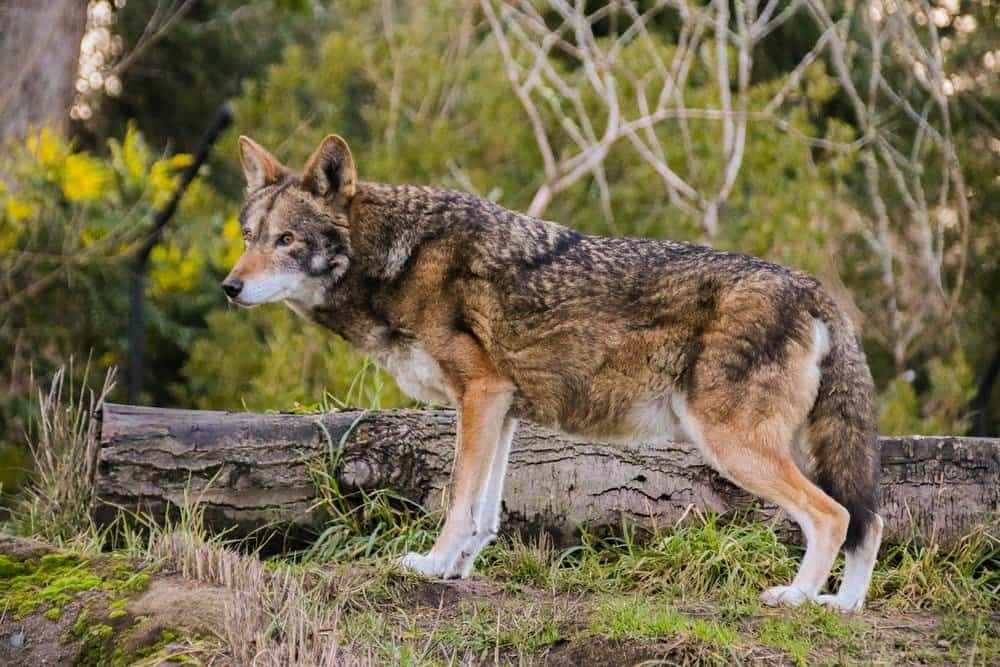
Joanna Wu/Shutterstock.com
Red Wolf Behavior
Like other canines, a group of wolves is called a pack. These wolves are highly social and close-knit with its pack, which is a family group consisting of a breeding pair plus any of their offspring and possibly immediate relations for anywhere between two to eight members, but usually five to eight on average. Facts about their behavior show that it is more sociable than the coyote and less than the grey wolf. The red wolf hunts alone or together with its pack, and it is very territorial towards strange wolves. It is most active during dusk and dawn. Incredibly shy and fearful around humans, it avoids them whenever possible. Sometimes, however, these wolves will build their dens fairly close to farms in order to easily spot prey in the fields, and they can help control pests.
Red wolves have a variety of vocalizations ranging from long howls to short barks. They also use non-audible forms of communications including scent marking, tail and ear position, and body language. There are currently not many facts regarding wolf communication and research continues to reveal new information.
Red Wolf Habitat
These wolves are native to the southeastern United States. In the past, its habitat extended from Texas to Florida and the Midwest, even as far up as central Pennsylvania. The wide range suggests a variety of habitats from bottom-land river forests and swamps to farmland and coastal prairies, showing they can thrive in most habits with adequate prey populations and little persecution by humans. North Carolina is currently the last habitat where wild red wolves are found.
Red Wolf Diet
Red wolves, like other canid species, are ultimately omnivores, but their diet focuses on their main carnivorous needs. They hunt and eat white-tailed deer, raccoons, and other smaller mammals such as rabbits, mice, nutria, and other rodents. They eat between two to five pounds of food a day and can travel up to 20 miles or more a day to find food.
During the winter, it is easiest for them to find food due to the lack of concealing vegetation for their prey along with obvious tracks their prey leave in the snow. Spring is the time they find food sources to prepare for the upcoming litter of pups. Summer is the most difficult time of the year with concealing vegetation, more frequent movement of prey and needing more energy to spend in the heat to find sources of food.
Red Wolf Predators and Threats
Red wolves have been known to kill cattle and some pets. They have often been mistaken for coyotes or other types of wolves, and hence killed by gunshot. Other factors that resulted in their population decline and species endangerment are cars, habitat loss from clearing woodlands to create farmland, predator-control programs in which they were treated as a threat to livestock and game, hybridization with coyotes, and poachers. Finally, inclement weather is a threat, with thunderstorms, floods, and hurricanes putting them in danger.
Red Wolf Reproduction, Babies, and Lifespan
Red wolves mate for life as monogamous pairs, and they mate usually once a year, in January or February. The gestation period is eight to nine weeks. Pups are born anywhere from March to May and are hidden in concealed dens including hollow tree trunks, along stream banks or abandoned dens of other animals. Litters contain six to seven pups, and both parents participate in rearing the young. During the fall, the young wolves practice and perfect their hunting skills with the abundance of food. At age six weeks the pups distance themselves from the den, reaching full size at one year and becoming sexually mature at three years. At one to two years of age, they find new acquaintances to form a breeding pair or family group. Red wolves typically live six to seven years in the wild and up to 15 years in captivity.
Red Wolf Population
The International Union for Conservation of Nature’s (IUCN) Red List classifies red wolves as an endangered species and are protected under the Endangered Species Act. Thanks to the efforts by the U.S. Fish and Wildlife Service for over two decades, the 14 remaining red wolves captured at the brink of their extinction became the ancestors to those currently living in North Carolina. Few remain in the wild in North Carolina with greater numbers in the eastern region, but higher estimates 40 currently live in the wild with over 200 in captivity. On the other hand, the Wolf Conservation Center (WCC) is home to 18 red wolves as of the summer of 2020.
Where to See a Red Wolf In the Zoo
You can see red wolves at the following zoos:
- Point Defiance Zoo & Aquarium
- Connecticut’s Beardsley Zoo
- North Carolina Zoo
- the Texas Zoo
- Fresno Chaffee Zoo
- Mill Mountain Zoo
- the Zoo at Chehaw Park
- Lincoln Park Zoo
- ZooTampa at Lowry Park
- Akron Zoo
- Zoo Knoxville
View all 74 animals that start with R
Red Wolf FAQs (Frequently Asked Questions)
What do red wolves eat?
Red wolves eat white-tailed deer and smaller mammals, mostly raccoons and rodents.
What is the difference between a red wolf and a coyote?
Both the red wolf and the coyote are of the Canis genus. However, they are different species, with red wolf’s scientific name being Canis lupus rufus and the coyote’s being Canis latrans. The red wolf is also bigger and more sociable than the coyote.
Where do red wolves live?
Red wolves live in the southeastern United States.
Why are red wolves endangered?
Red wolves are endangered due to hybridization with coyotes in overlapping areas, poachers, being mistaken for coyotes and shot, car accidents, flooding, predator-control programs, and habitat loss.
Are red wolves dangerous?
Red wolves are not dangerous to humans, but they pose a threat to livestock, game, and pets.
Are red wolves carnivores, herbivores, or omnivores?
Like other canine species, red wolves are omnivores, meaning they will eat fruits and vegetables, but they are largely carnivores. Unlike cats, they are not obligatory carnivores.
What Kingdom do Red Wolves belong to?
Red Wolves belong to the Kingdom Animalia.
What phylum do Red Wolves belong to?
Red Wolves belong to the phylum Chordata.
What class do Red Wolves belong to?
Red Wolves belong to the class Mammalia.
What family do Red Wolves belong to?
Red Wolves belong to the family Canidae.
What order do Red Wolves belong to?
Red Wolves belong to the order Carnivora.
What type of covering do Red Wolves have?
Red Wolves are covered in Fur.
What are some predators of Red Wolves?
Predators of Red Wolves include wolves, coyotes, and humans.
What are some distinguishing features of Red Wolves?
Red Wolves have reddish fur and thin white legs.
How many babies do Red Wolves have?
The average number of babies a Red Wolf has is 5.
What is an interesting fact about Red Wolves?
There are only 100 Red Wolves in the wild!
What is the scientific name for the Red Wolf?
The scientific name for the Red Wolf is Canis lupus rufus.
What is the lifespan of a Red Wolf?
Red Wolves can live for 10 to 12 years.
What is a baby Red Wolf called?
A baby Red Wolf is called a cub.
How fast is a Red Wolf?
A Red Wolf can travel at speeds of up to 46 miles per hour.
Sources
- Wikipedia, Available here: https://en.wikipedia.org/wiki/Red_wolf
- National Geographic, Available here: https://www.nationalgeographic.com/animals/mammals/r/red-wolf/
- Defenders of Wildlife, Available here: https://defenders.org/wildlife/red-wolf
- Just Fun Facts, Available here: http://justfunfacts.com/interesting-facts-about-red-wolves/
- Florida Fish and Wildlife Conservation Commission, Available here: https://myfwc.com/wildlifehabitats/profiles/mammals/land/red-wolf/
- Wolf Worlds, Available here: https://www.wolfworlds.com/red-wolf/
- Ducksters, Available here: https://www.ducksters.com/animals/red_wolf.php
- Kids Animal Facts, Available here: https://kidsanimalsfacts.com/red-wolf-facts-for-kids/
- U.S. Fish & Wildlife Service, Available here: https://www.fws.gov/southeast/wildlife/mammals/red-wolf/
- The Truth About Red Wolves, Available here: http://thetruthaboutredwolves.com/
- Ref Wolf Review, Available here: https://www.redwolfreview.info/appearance.html
- Endangered Wonders, Available here: https://endangeredwonders.org/red-wolf/
- WCC, Available here: https://nywolf.org/learn/red-wolf/
- Washingtonian, Available here: https://www.washingtonian.com/2020/07/13/red-wolves-what-you-need-to-know/







